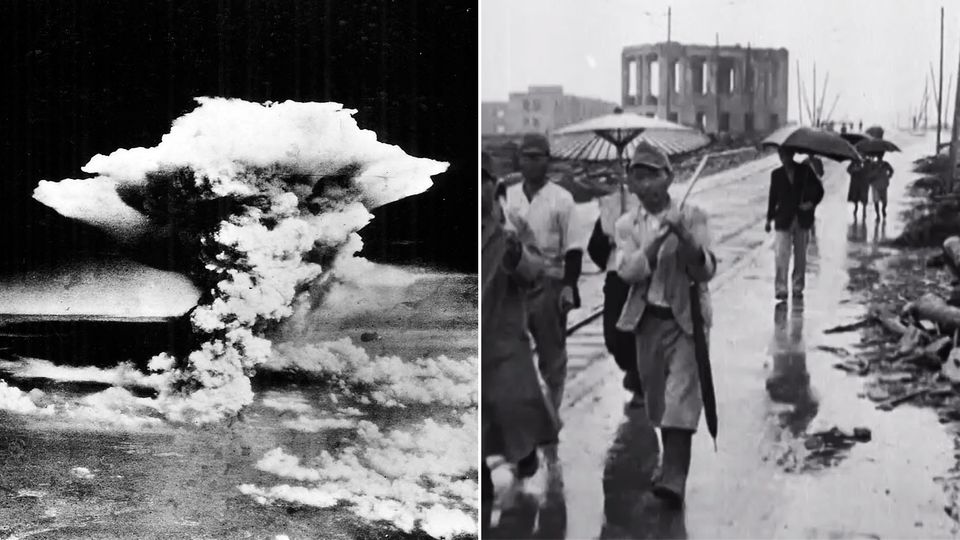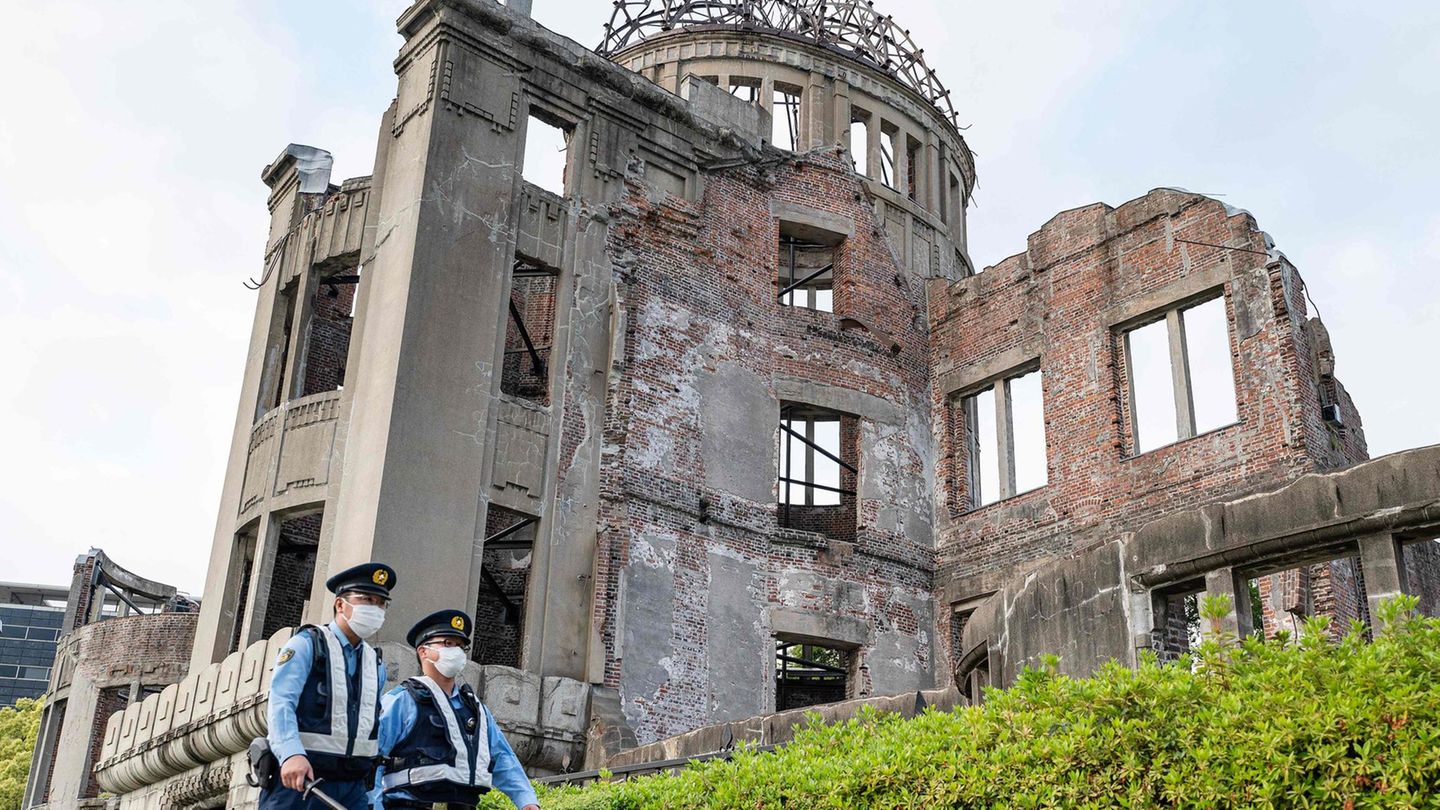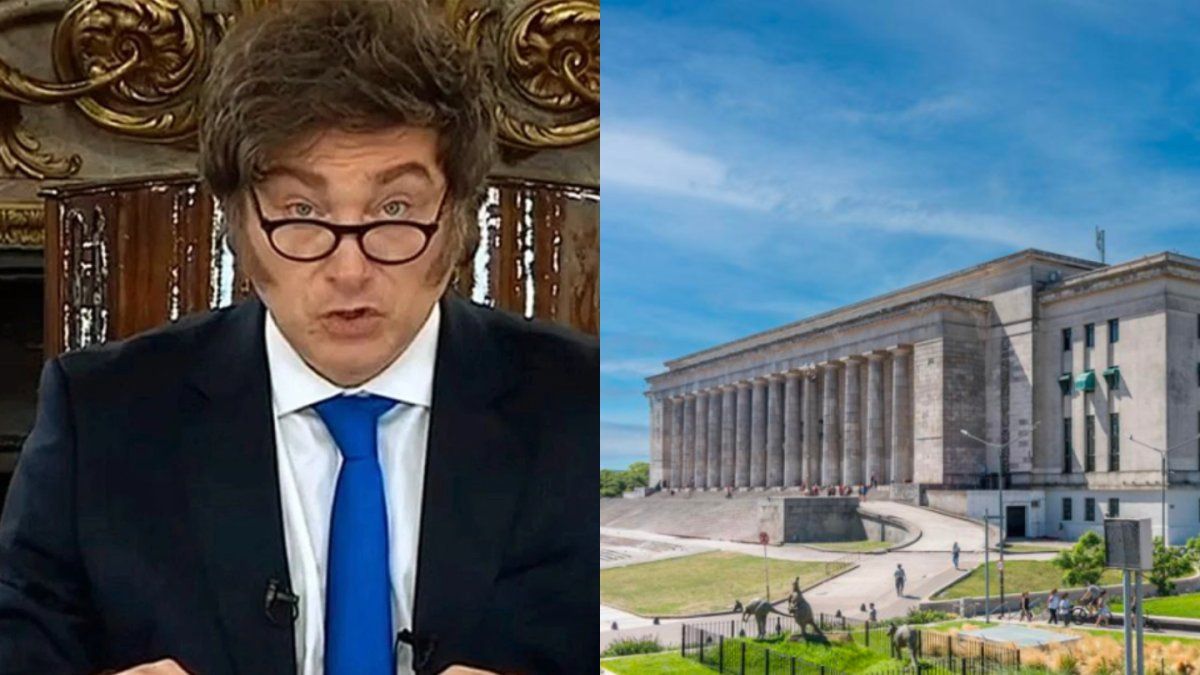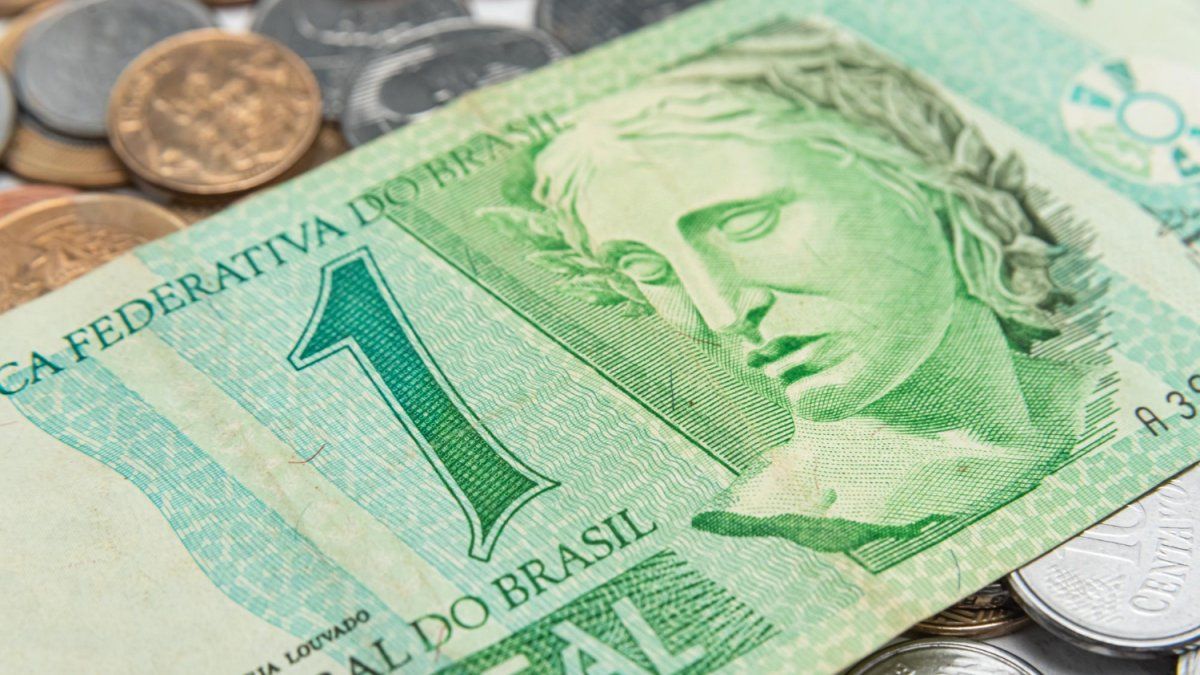On August 6, 1945, the United States turned Hiroshima into a blazing hell with the first atomic bomb used in the war. At the center of the apocalyptic destruction is the Peace Memorial Park. It serves the G7 countries as a backdrop for their summit – and as a reminder.
It is a summit with powerful symbolism: Against the background of Russia’s war of aggression against Ukraine and its threat of nuclear weapons, the heads of state and government of the seven leading democratic economic powers (G7) are meeting in Hiroshima for the first time. On the morning of August 6, 1945, the US bomber “Enola Gay” dropped an atomic bomb with the harmless-sounding name “Little Boy” over the center of the Japanese city. A second bomb hit Nagasaki three days later. It was the first nuclear weapon attack in the history of war. And so far the only ones.
What did the atomic bomb do to Hiroshima?
At the time the bomb was dropped, around 350,000 people were in Hiroshima, mostly civilians and forced laborers and prisoners of war abducted by the Japanese army. Within seconds, a pressure and heat wave of at least 6000 degrees turned the city into a blazing hell, destroying about 80 percent of it. It is estimated that more than 70,000 people died in one fell swoop, by the end of 1945 the number had risen to 140,000.
About 70,000 residents died in Nagasaki by the end of the year. The exact number of victims can never be determined because many only died as a result of the long-term effects of the radiation. Symptoms suffered by the victims throughout their lives include stunted growth and development, blood and skin disorders, damage to the central nervous system, and persistent anxiety. Added to this was the massive discrimination that the survivors were later exposed to in their own society.
Why did the US drop the atomic bomb?
Many in the US still believe the official reading: that the atomic bomb made an invasion unnecessary and saved the lives of hundreds of thousands of American soldiers. In fact, according to historians, the bomb was militarily unnecessary. Japan was already down. To his leadership, it was just another firebombing of a city. It was not Hiroshima but the Soviet Union’s declaration of war on Japan on August 8 that made Emperor Hirohito and his military capitulate on August 15, 1945.
Historians attach the greatest weight to the political reasons for dropping the bomb: the Soviet Union was seen as a new enemy of the USA. As the sole nuclear power, they wanted to use the atomic bomb to prove their own strength to the Soviets. Last but not least, Washington was looking for a suitable response to Japan’s attack on Pearl Harbor in 1941. In 2016, Barack Obama was the first US President to visit Hiroshima. However, he did not offer an apology. His successor Joe Biden is likely to do the same at the G7 summit.
How important is the memory of Hiroshima in Japan today?
In Japan, the story of the atomic bomb is inevitably shaped by the victim’s perspective. Few accept that Hiroshima was “just punishment” for Japan’s war of aggression. Japan has done wrong. Nevertheless, the atomic bomb was a crime against innocent civilians.
The atomic bomb became the basis for the pacifism that characterizes Japan’s post-war society. But the remaining survivors, the “Hibakusha” (bombed), find it increasingly difficult to keep the memories alive. The impact of their eyewitness accounts and their appeal against nuclear weapons is fading.

In Japan, too, there are now voices calling for nuclear armament in their own country in view of the Russian war of aggression against Ukraine and China’s striving for power. The political leadership continues to adhere to the principles according to which Japan neither produces nor possesses nuclear weapons, nor permits them on its own soil. At the same time, Japan is dependent on the nuclear shield of its current ally, the USA. In addition, the government in Tokyo recently decided to massively increase defense spending.
How is Hiroshima today?
Hiroshima was rebuilt and is now a major city with around 1.2 million inhabitants. It looks like many other Japanese cities, but it is unique: in its center, south of the Aioi Bridge, which was the declared drop target, is the Peace Memorial Park with dozens of memorials and memorials.
On the other side of a river stands the Atomic Bomb Dome. The burned-out walls of this building with its domed roof were partially standing because the bomb’s blast hit them almost from above. It was an exhibition hall for industrial promotion. Today the ruin is a symbol of peace and evidence of the horror of nuclear weapons. Nearby is the Peace Memorial Museum.
What is the message of Hiroshima today?
Defenders of the atomic bomb occasionally point out that other theaters of war killed as many as Hiroshima and Nagasaki. According to critics, however, such a reduction of the nuclear inferno to the number of victims only serves those who want to make such weapons usable. Japan’s Prime Minister Fumio Kishida, who grew up in Hiroshima and has his constituency there, also wants to use the G7 summit to have the G7 states speak out against nuclear weapons – even though three of these seven countries, the USA, Great Britain and France, have nuclear weapons themselves.
They are expected to visit the Peace Memorial Museum to kick things off. In view of the increasing nuclear threat worldwide, they will see evidence of the horror of these weapons. Obama also paid a visit there, albeit briefly. Survivors and activists hope this time it will be more than just a photo op.
Source: Stern
I have been working in the news industry for over 6 years, first as a reporter and now as an editor. I have covered politics extensively, and my work has appeared in major newspapers and online news outlets around the world. In addition to my writing, I also contribute regularly to 24 Hours World.




